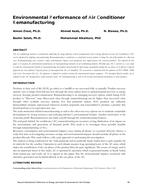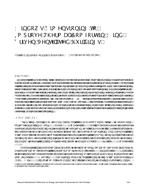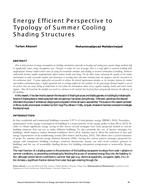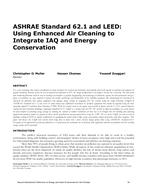-
-
Available Formats
- Options
- Availability
- Priced From ( in USD )
-
Available Formats
-
- Immediate download
-
$16.00Members pay $7.00
- Add to Cart
Customers Who Bought This Also Bought
-

Environmental Performance of Air Conditioner Remanufacturing
Priced From $16.00 -

Windows Dimensioning to Improve Thermal Comfort in Wind D...
Priced From $16.00 -

Optimal Energy Performance of Residential Buildings in Qatar
Priced From $16.00 -

Energy Efficient Perspective to Typology of Summer Coolin...
Priced From $16.00
About This Item
Full Description
It is a fact nowadays that urban air pollution in many locations has reached and maintains unacceptable levels with regards to national and regional air quality standards. Because of this the use of enhanced air filtration in HVAC design specifications is no longer a luxury but a necessity. The time when code minimum filtration could be used in makeup air handlers is quickly disappearing and multistage air filtration systems for both particulate and gasphase air pollution are now required to protect the health, well-being, and productivity of the building occupants. By transforming the investment in enhanced air filtration into capital equipment and ongoing energy savings by designing HVAC systems using the IAQ Procedure (IAQP) of ASHRAE Standard 62.1, it also serves to avoid unnecessary additional investments in ancillary equipment that would be required using the more commonly applied Ventilation Rate Procedure (VRP). With the notable trend in the region, most notably in Qatar and the U.A.E., toward high-rise commercial and residential buildings, employing Standard 62.1's IAQP as a design basic for HVAC systems in high-rise buildings can easily achieve the dual benefits of achieving energy savings by reducing the amount of outdoor ventilation air that has to be brought into the building and achieving significantly improved indoor air quality by direct control of pollutants not guaranteed when using the VRP. The use of the IAQP can also be used in buildings seeking LEED or similar certifications by qualifying for credits under IAQ, energy conservation, design innovation, and other categories. This paper will discuss the IAQP and current work being done to make this a more relevant design option when using ASHRAE Standard 62.1. Examples of the application of enhanced filtration as a replacement for ventilation air in locations with significant ambient air pollution and the resulting energy savings will be provided.





